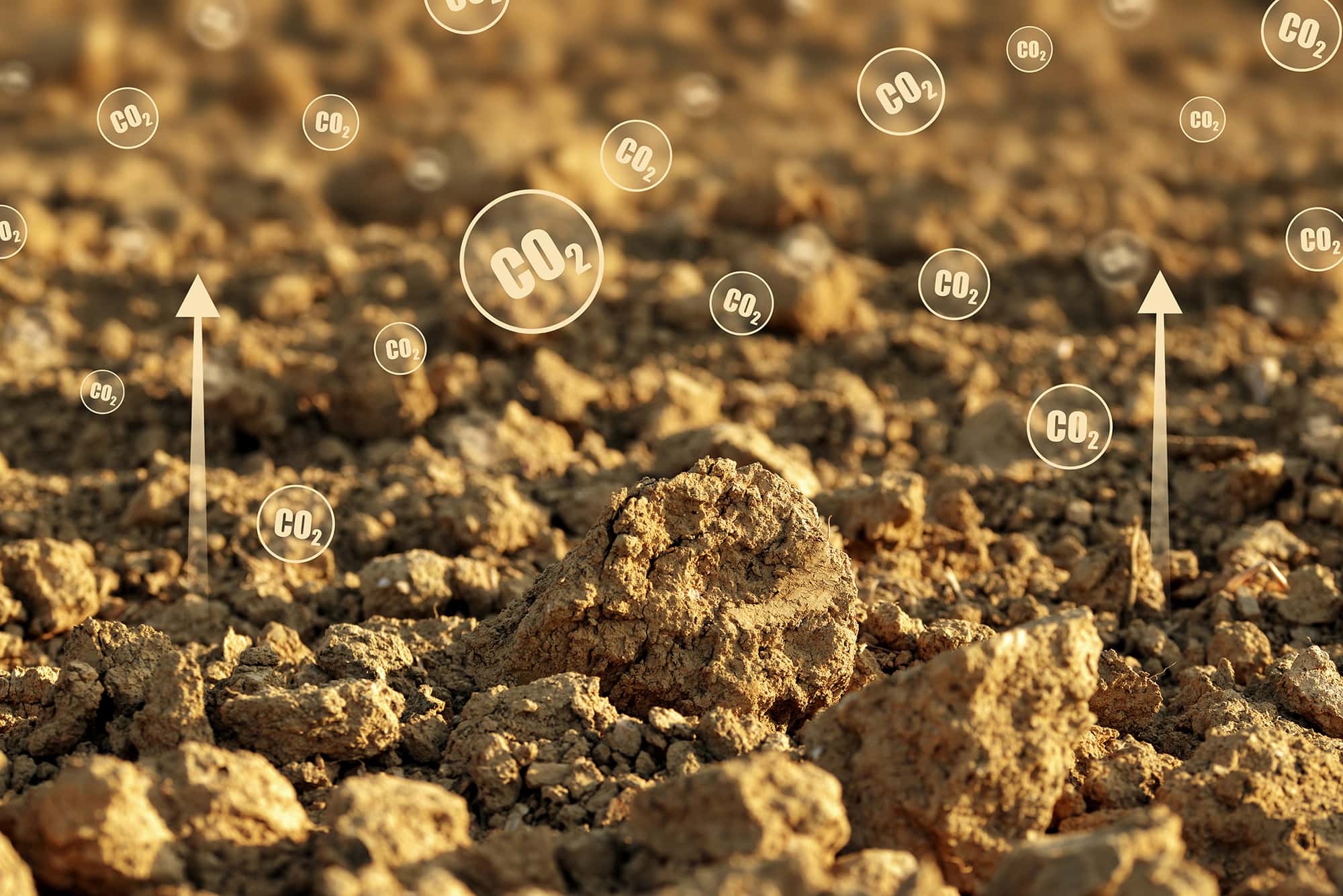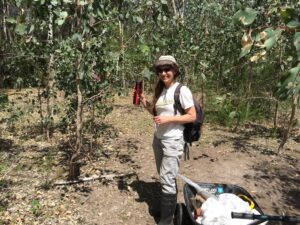New research using TERN has found that the physical and chemical properties of soil control carbon and nitrogen stocks more than any other factor, including soil biodiversity. The results have major implications for the way carbon and nutrients are modelled and forecast in both natural and agricultural environments.
Soils are crucial for human well-being. They are the main terrestrial reservoir of carbon and nutrients, which determine soil fertility, plant growth and ecosystem sustainability. Therefore, understanding the processes that control soil carbon and nutrients is crucial to ecosystem management, agricultural industries, carbon accounting and climate change mitigation.
To fill a number of knowledge gaps and improve the models for predicting carbon and nutrient dynamics, a team of researchers from Australia and China has utilised the research infrastructure provided by TERN and its associate NCRIS-enabled facility, Bioplatforms Australia.
Open-access to Australia’s national research infrastructures enabled the research team to conduct world-leading, innovative, multi-scaled analyses.
The local, site-level perspective
To get a detailed understanding of soil function, teams led by Dr Jinquan Li of Fudan University in China and Dr Elise Pendall of Western Sydney University conducted a series of experiments at TERN’s highly-instrumented Cumberland Plain SuperSite on the outskirts of Sydney.
Soil properties, including physical, chemical, and biological variables, were analysed at 33 locations within the SuperSite to predict the site’s soil carbon and nutrients levels.
Among the 19 variables, ‘physico-chemical protection’ was the most influential factor, while the relative influence of microbial biodiversity and enzyme activity were small.
“Physico-chemical protection is the interaction of soil carbon or nutrients with the soil mineral matrix. It protects carbon or nutrients by forming closed environments or strong chemical bonds and plays a considerable role in controlling levels of soil carbon and also overall soil fertility.”
Dr Jinquan Li, Fudan University, China
To fill a number of knowledge gaps and improve the models for predicting carbon and nutrient dynamics, a team of researchers from Australia and China has utilised the research infrastructure provided by TERN and its associate NCRIS-enabled facility, Bioplatforms Australia.
Open-access to Australia’s national ecosystem research infrastructure enabled the research team to conduct world-leading, innovative, multi-scaled analyses.
Researchers conducted two additional studies at the SuperSite and found that physical protection by a soil’s clay content is crucial in predicting greenhouse gas exchanges between the ground and the atmosphere (Li et al, 2019) and microbial carbon use (Li et al, 2021).
“These processes are vital in better understanding the role soils play in mitigating the impacts of climate change.
Data from these studies are being incorporated into the CABLE land surface model, to help reduce uncertainties related to carbon-climate feedbacks.”
Dr Elise Pendall, Western Sydney University
The national, continental perspective
To scale-up the results from the TERN Cumberland Plain Woodland SuperSite and understand how physico-chemical protection influences soil carbon-climate feedbacks across geographical scales, Dr Li and the team utilised soil data collected by TERN and others across Australia as part of Bioplatforms Australia’s Australian Microbiome initiative.
Data from 628 sites spanning the Australian continent, covering diverse climate conditions, above-ground productivities, and soil properties, were used.
The scientists investigated the direct and indirect effects of climate, plant productivity, soil biodiversity, and soil physical and chemical protections on soil carbon and nutrient availability.
Of all the variables, they found that soil physico-chemical protection—specifically, the amount of iron and clay—played the most important roles in preserving the continent-scale soil carbon storage and nutrient availability.

Spatial maps of soil organic carbon (a) and nutrients (b) among 628 sites across the Australian continent (courtesy Li et al, 2020b)
So, after both local and large-scale analyses, the international research team concluded that soil physico-chemical protection is the most important factor in determining and forecasting soil carbon and nutrients.
“Accurate prediction of soil carbon and nutrients is a long-term but not fully understood issue. The large uncertainties in predicting soil carbon and nutrients occur partly by neglecting some crucial drivers, such as soil physico-chemical protection.
From these studies, we now see that physico-chemical protection is important not only in predicting the current states of soil carbon, but also in regulating soil carbon in a warmer world.
Without access to the research infrastructure provided by TERN, this important, timely, research wouldn’t have been possible.”
Dr Jinquan Li, Fudan University, China









